Select All the Intermolecular Forces Associated With 1-pentanol.
Evaporation requires the breaking of all intermolecular forces. H Oδ H δ Oδ H δ 2.
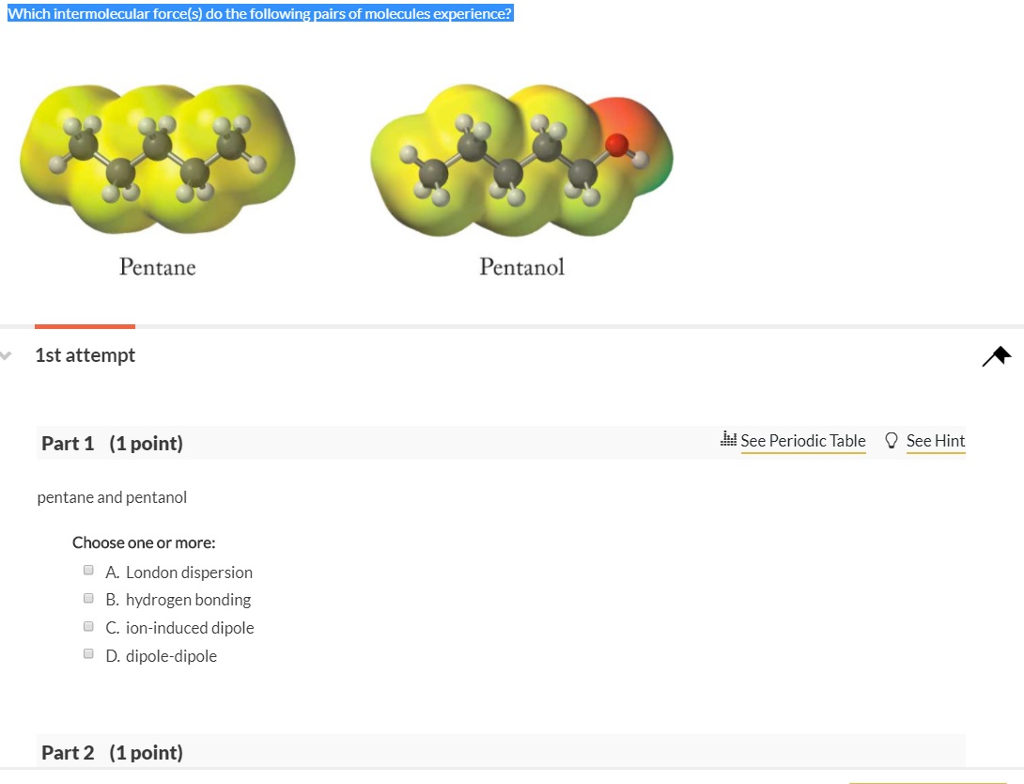
Solved Which Intermolecular Force S Do The Following Pairs Chegg Com
Select all the intermolecular forces associated with 1-pentanol.

. Van der Waals force exist in all molecules and is significantly weaker than hydrogen bonds so it will not be mentioned here First draw the structure out and find all possible dipoles. Compound B has boiling point of 90C. F A compound has two or more atoms bonded together.
Two NaCl and Ion-Dipole Example. Compounds with stronger intermolecular forces larger masses and less branching will have higher boiling points. There are 3 types of intermolecular force.
Mg and HCl Dipole- Dipole occurs between polar molecules. Answer 1 of 2. All our clients are privileged to have all their academic papers written from scratch.
Solved Select All The Intermolecular Forces Associated With Chegg Com Academiaedu is a platform for academics to share research papers. An intermolecular force is an attractive force that arises between the positive components or protons of one molecule and the negative components or electrons of another molecule. E A compound can be separated into different elements with their own unique properties.
Den Berg Gerrit JK Heat Capacities and Derived Thermodynamic Functions of 1-Propanol between 10 K and 350 K and of 1-Pentanol between 85 K and 370 K J. Water a small molecule has an exceptionally high boiling point because of intermolecular hydrogen bonding which persists BETWEEN molecules. Ion- Dipole occurs between an ion and polar molecules.
It would take more energy to. Information may vary between notifications depending on impurities additives and other factors. Intermolecular Forces AIdentify the intermolecular forces present in the following substances and B select the substance with the highest boiling point.
Compounds II and III only exhibit intermolecular London dispersion forces so they would be. Select all that apply 1 Xe and methanol CH3OH alondon-dispersion forces bdipole-dipole chydrogen bonding i put a and b but it was wrong 2CH3OH and acetonitrile CH3CN alondon-dispersion forces bdipole-dipole chydrogen bonding i got a b and c but it was wrong. Each notification may be associated with multiple companies.
O Typically 05 - 15 centigrade. As the carbon chain gets longer the contribution of the London dispersion forces becomes significant. Now 1-propanol has a normal boiling point of 97 98 C.
I think the cutoff is about 5 carbons - when you have n-pentanol this. Intermolecular forces 1-pentanol London dispersion forces and H-bonding pentane London dispersion forces 1-Pentanol should have larger intermolecular forces due to H-bonding meaning the molecules are more attracted to each other than in pentane. Compound A has a boiling point of 30C.
Boiling point is highly dependent on the intermolecular forces of a compound. So by looking at the boiling points for a series of molecules the one with the highest value also has the strongest intermolecular forces. What is the typical mp range of a pure compound.
Impact of Strength of Intermolecular Forces. Short chain alcohols have intermolecular forces that are dominated by H-bonds and dipoledipole so they dissolve in water readily infinitely for methanol and ethanol. CH 3CH 3 CH 3OH and CH 3CH 2OH Answers.
The purpose of the fee is to recover costs associated with the development of data collections included in such sites. A CH 3CH 3 has only dispersion forces whereas the other two substances have both dispersion forces and hydrogen bonds. Follow the links above to find out more about the data in these sites and their terms of usage.
C Compounds are made up of two or more different types of atoms D Compounds can be isolated in pure form. Lon-dipole Dipole-dipole London Disperson H-bonding Question 8 5 pts If 0075 mol of NaCl was added to 887 mL of H20 what would be the. Your institution may already be a subscriber.
Compound C has a boiling point of 50C. Given these data. London Dispersion Dipole-Dipole Example.
Only hazard codes with percentage values above 10 are shown. Intermolecular forces 1-pentanol London dispersion forces and H-bonding pentane London dispersion forces 1-Pentanol should have larger intermolecular forces due to H-bonding meaning the molecules are more attracted to each other than in pentane. Given the following information answer these questions.
Various physical and chemical properties of a substance are dependent on this force. What types of intermolecular force is are common to each of the following. The percentage value in parenthesis indicates the notified classification ratio from companies that provide hazard codes.
B CH 3CH 2OH. III II I IV. Mautner M Intermolecular Forces in Organic Clusters.
Order in terms of increasing intermolecular force strength. London Disperson Dipole-dipole lon-dipole H-bonding Select all intermolecular forces that contribute to creating a solution of salicylic acid in 1-pentanol. Hydrogen bond contributes the most.
What type s of intermolecular force is are common to each of the following. The boiling point of a substance is proportional to the strength of its. And we compare this to that of isopropanol 826 C and ethanol 780 C.
Compound D has a boiling point of 112C. O A good recrystallization solvent has a structure that is. Which compound has the highest VP at room temperature.
The stronger the intermolecular force within a series of like elements the higher the melting and boiling points will be. B Compounds have different chemical properties than the elements that compose them. What are the features of a good recrystallization solvent.
O High molecular symmetry and larger molecular surface area are associated with greater intermolecular forces and higher melting points. The purpose of the fee is to recover costs associated with the development of data collections included in such sites. Select all that apply 1 Xe and methanol CH3OH alondon-dispersion forces bdipole-dipole chydrogen bonding i put a and b but it was wrong 2CH3OH and acetonitrile CH3CN 44082 results.
Since O has significantly larger electronegativity than. Up to 10 cash back Correct answer. London Dispersion occurs between the nonpolar molecules.
These are hydrogen bonds and London dispersion force.

Solved Select All Intermolecular Forces That Contribute To Chegg Com

Solved 3 Pts Question 6 Select All Intermolecular Forces Chegg Com

Solved Which Of The Following Intermolecular Forces Are Not Chegg Com
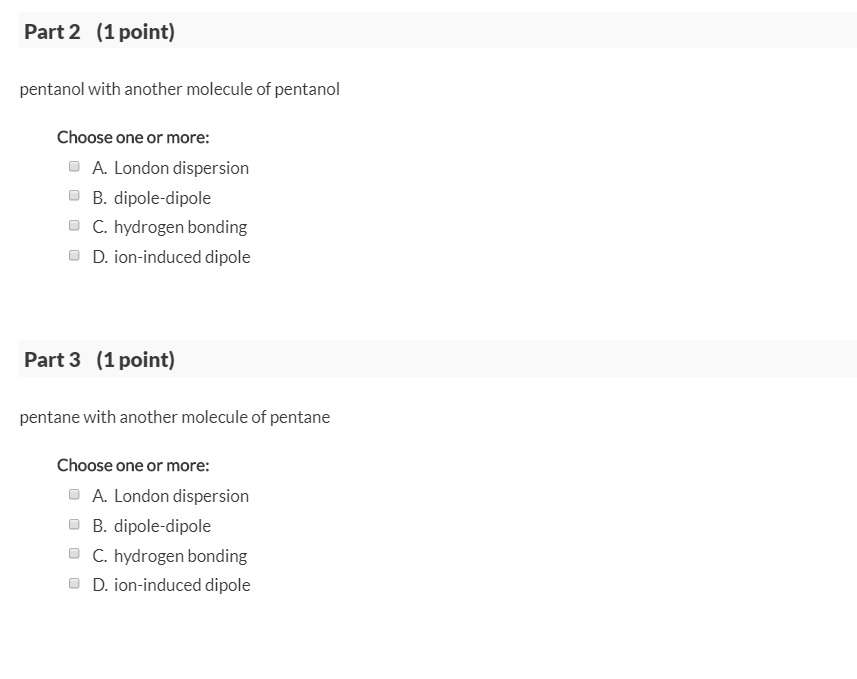
Solved Which Intermolecular Force S Do The Following Pairs Chegg Com

Solved Select All The Intermolecular Forces Associated With Chegg Com

Measuring Surface Tension To Investigate Intermolecular Forces Chemical Education Xchange
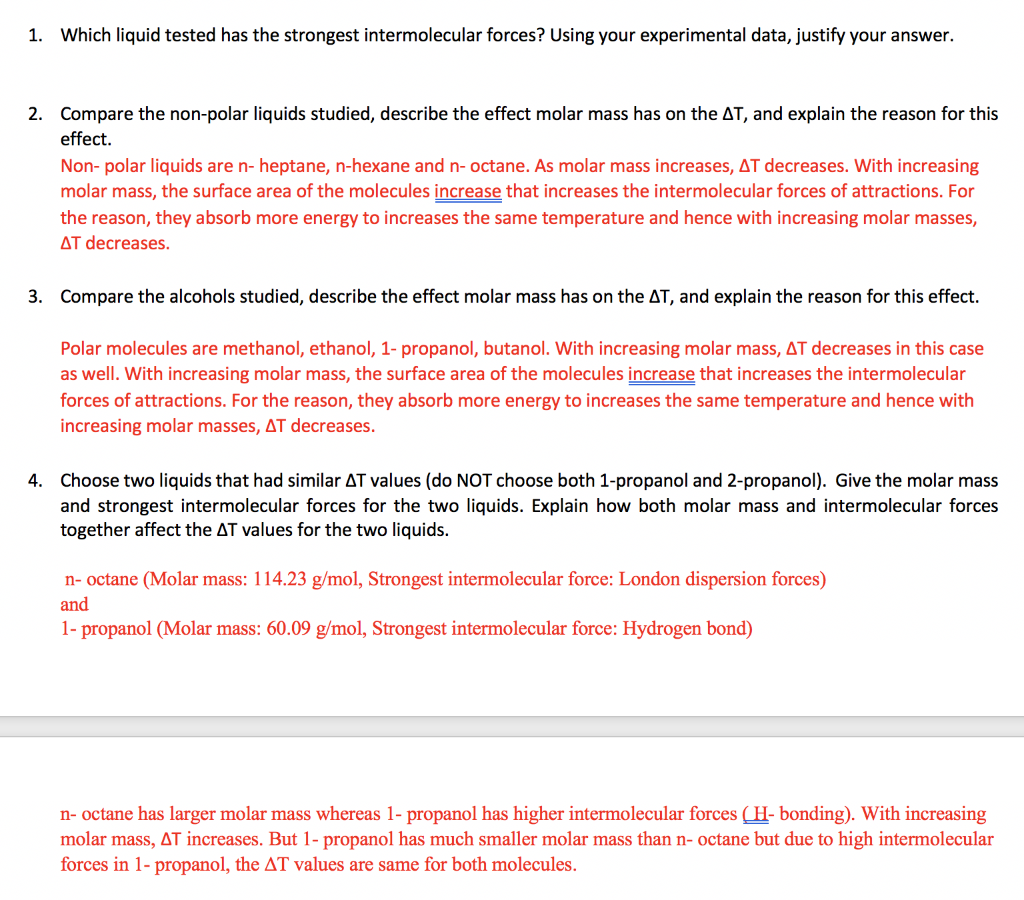
Table 1 Physical Properties Of Alkanes And Alcohols Chegg Com

Is 1 Pentanol An Ionic Molecular Nonpolar Or Molecular Polar Compound What Intermolecular Forces Are Present Study Com

Discuss 1 Pentanol 1 Decanol And 1 Butanol In Regards To The Principles Of Intermolecular Bonding Which One Of The Molecules Has Stronger Intermolecular Forces And Why Study Com
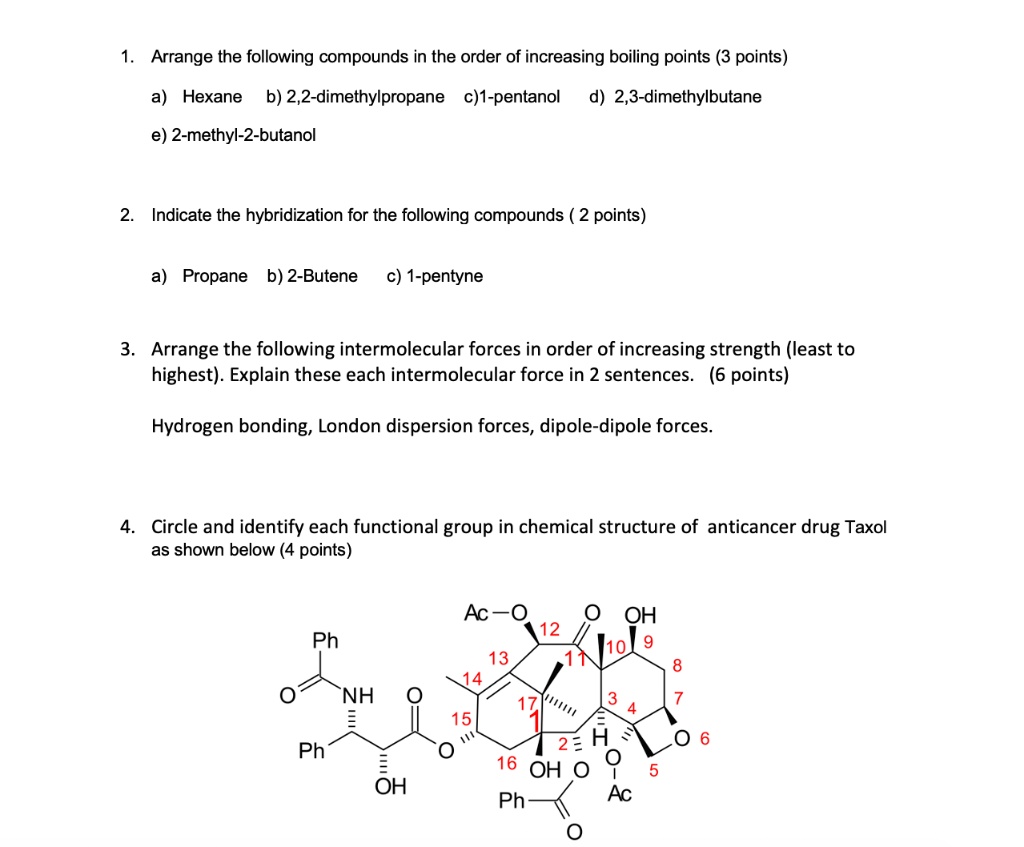
Solved Arrange The Following Compounds In The Order Of Increasing Boiling Points 3 Points Hexane B 2 2 Dimethylpropane C 1 Pentanol D 2 3 Dimethylbutane E 2 Methyl 2 Butanol Indicate The Hybridization For The Following Compounds 2 Points Propane B
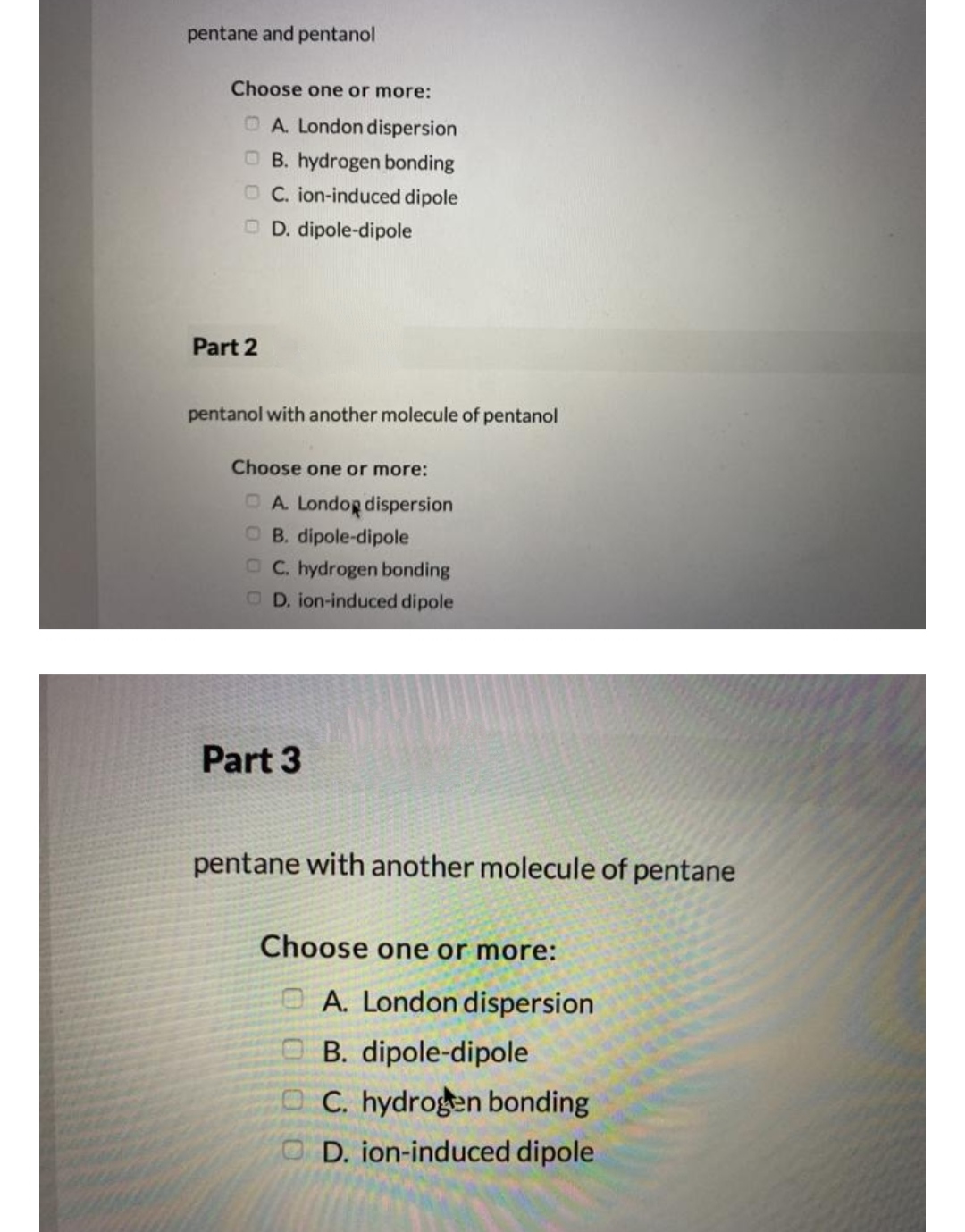
Answered Intermolecular Force Bartleby

Solved Select All The Intermolecular Forces Associated With Chegg Com
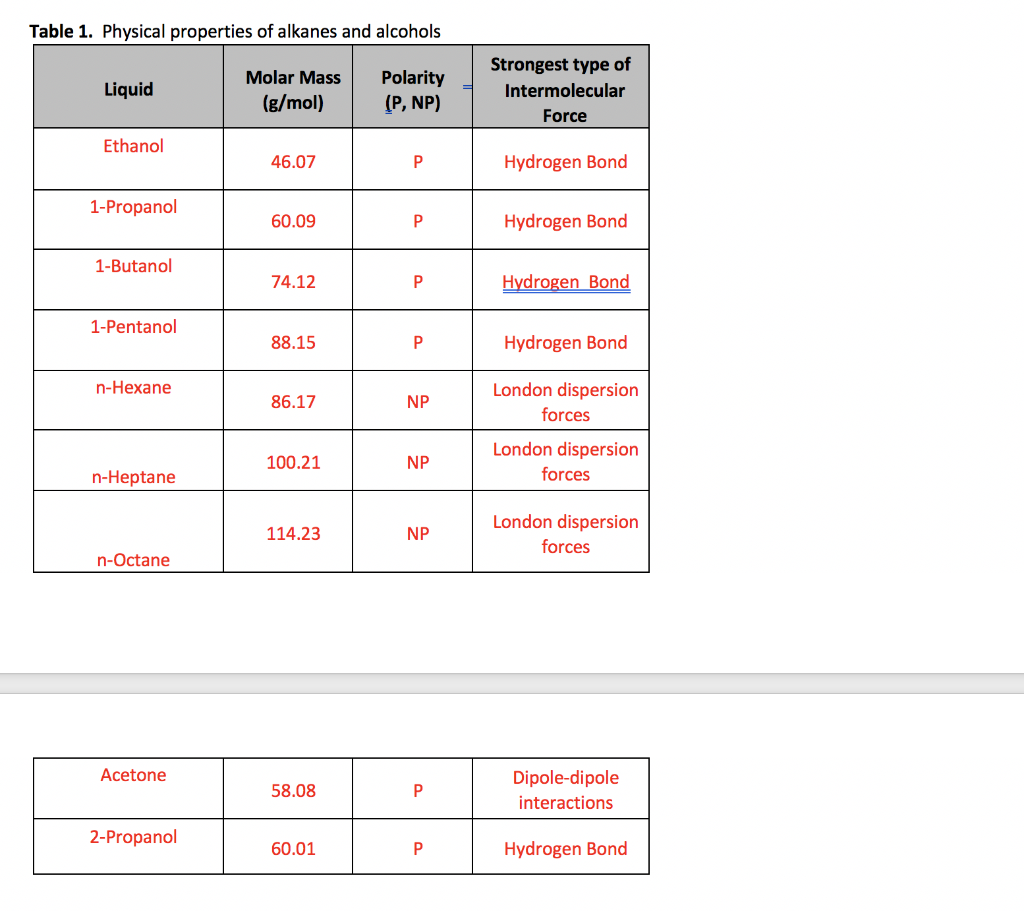
Table 1 Physical Properties Of Alkanes And Alcohols Chegg Com

Solved Question 5 3 Pts Select All The Intermolecular Forces Chegg Com
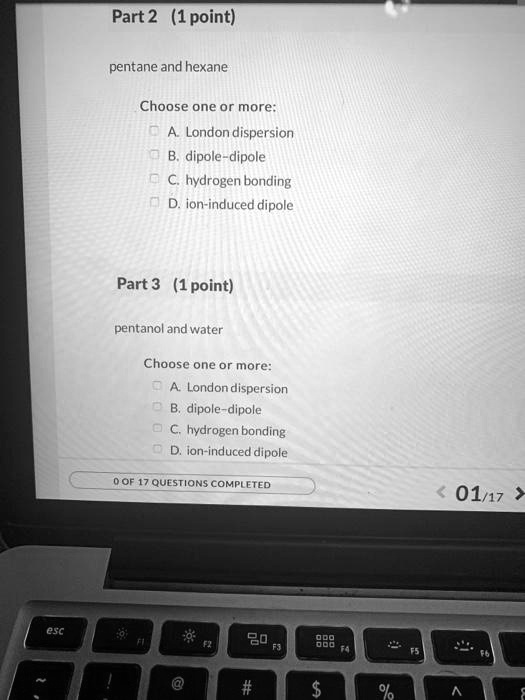
Solved Part 2 1 Point Pentane And Hexane Choose One Or More London Dispersion Dipole Dipole Hydrogen Bonding D Ion Induced Dipole Part 3 1point Pentanol And Water Choose One Or More London Dispersion B

Solved Select All The Intermolecular Forces Associated With Chegg Com

Solved Select All Intermolecular Forces That Contribute To Chegg Com

Solved Select All The Intermolecular Forces Associated With Chegg Com

Measuring Surface Tension To Investigate Intermolecular Forces Chemical Education Xchange
Comments
Post a Comment